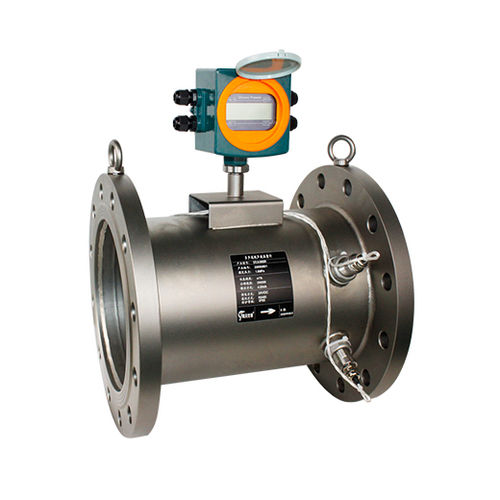Multi-channel ultrasonic flow meter is suitable for continuously measuring flow and heat of clean and uniform liquids without large concentration suspended particles or gases industrial environment.
Support single channel and multi-channel at the same time,when one of channel is abnormal or not connected,it can automatically switch to single channel to working .
The pipe segment sensor is a measurement method that uses a flange to directly connect the pipe segment sensor with the pipeline to be measured. This sensor solves the problem of external and plug-in sensors caused by man-made or inaccurate pipeline parameters during the installation process. Errors cause the problem of decreased measurement accuracy, which has the characteristics of high measurement accuracy, good stability, and easy maintenance
Multi-channel ultrasonic flow meter could connect temperature sensor to become one calorimeter and widely be used in Process control, Production measurement, Trade settlement.
The pipe section where the sensor of the pipe-segment ultrasonic flowmeter is located should ensure that it is always filled with a steady flow of fluid (liquid) that does not scatter. This requires that the location of the sensor should be at the low end of the pipe. Both the instrument and the sensor installation location should be far away from the interference source.
The interference source consists of two parts:
1. Interference sources that can cause mechanical vibration of the measured fluid (liquid), such as water supply pumps, water supply motors, etc.
2. Electromagnetic interference sources that can cause instrument signal disorder, such as transformers, high-power motors,






